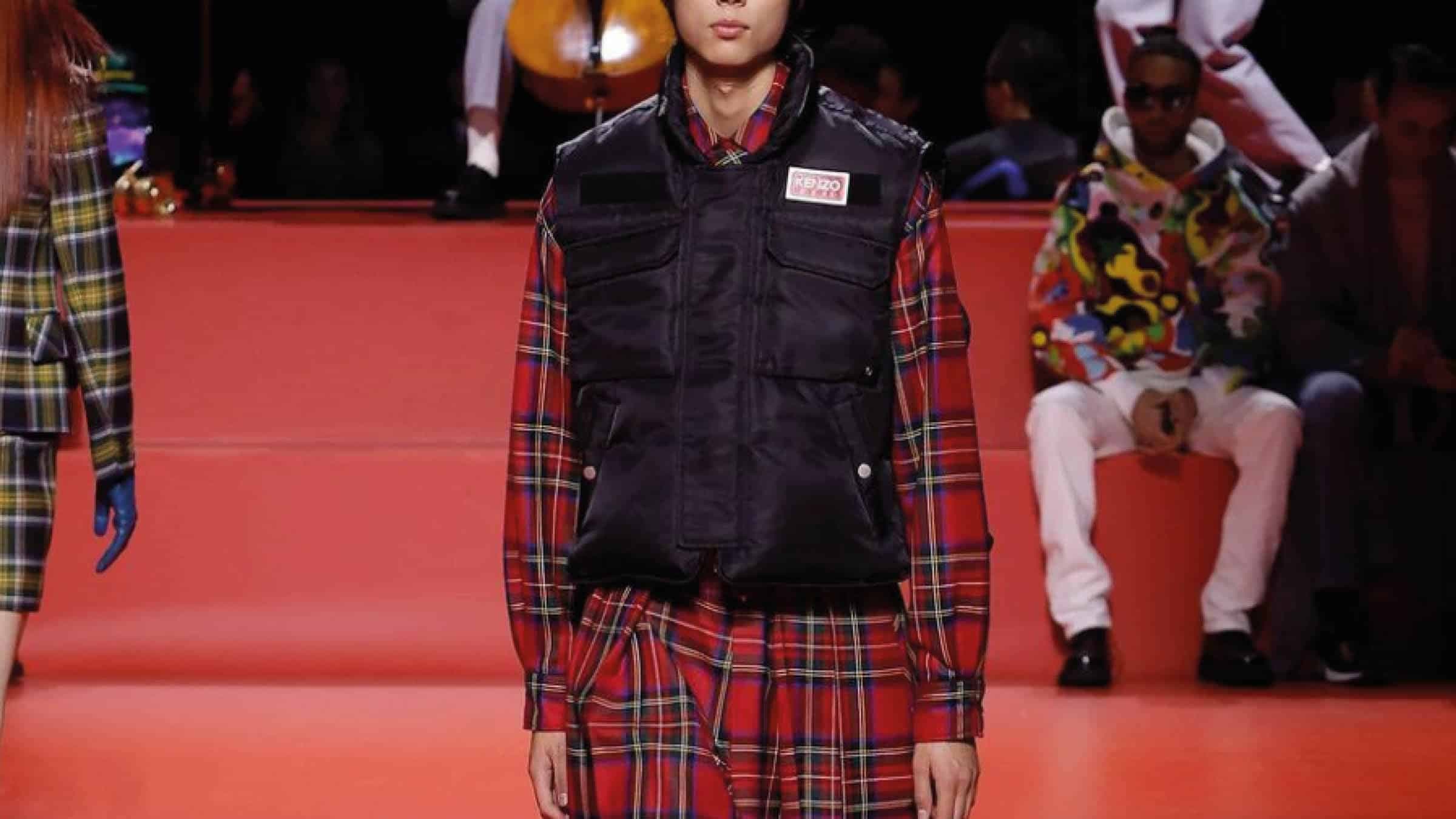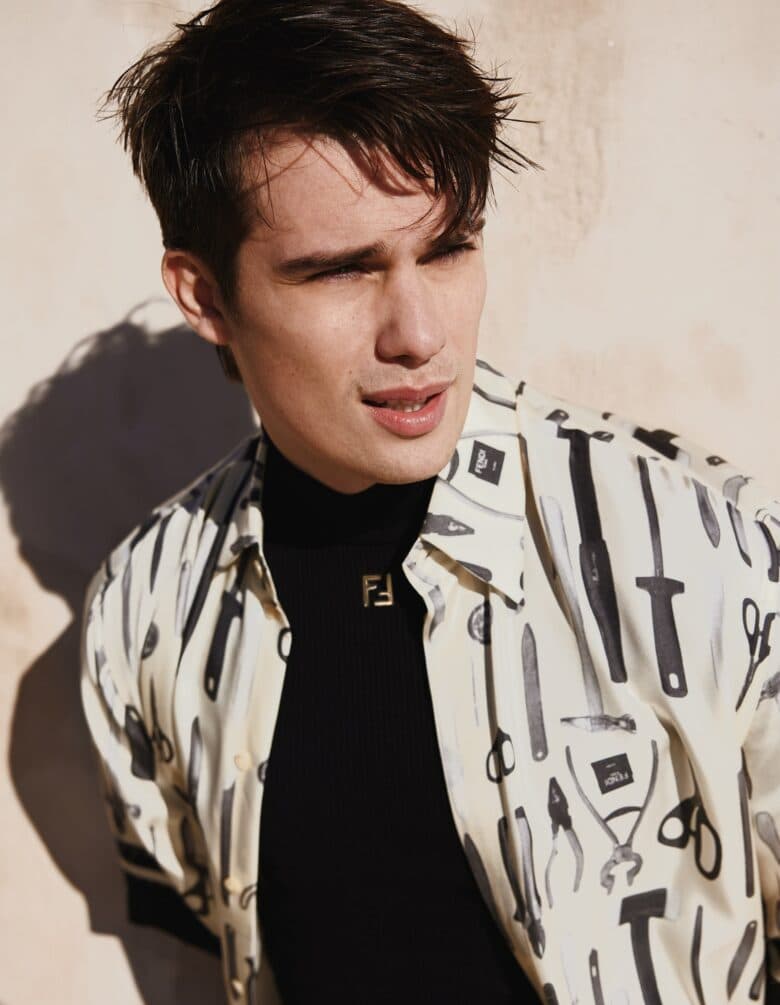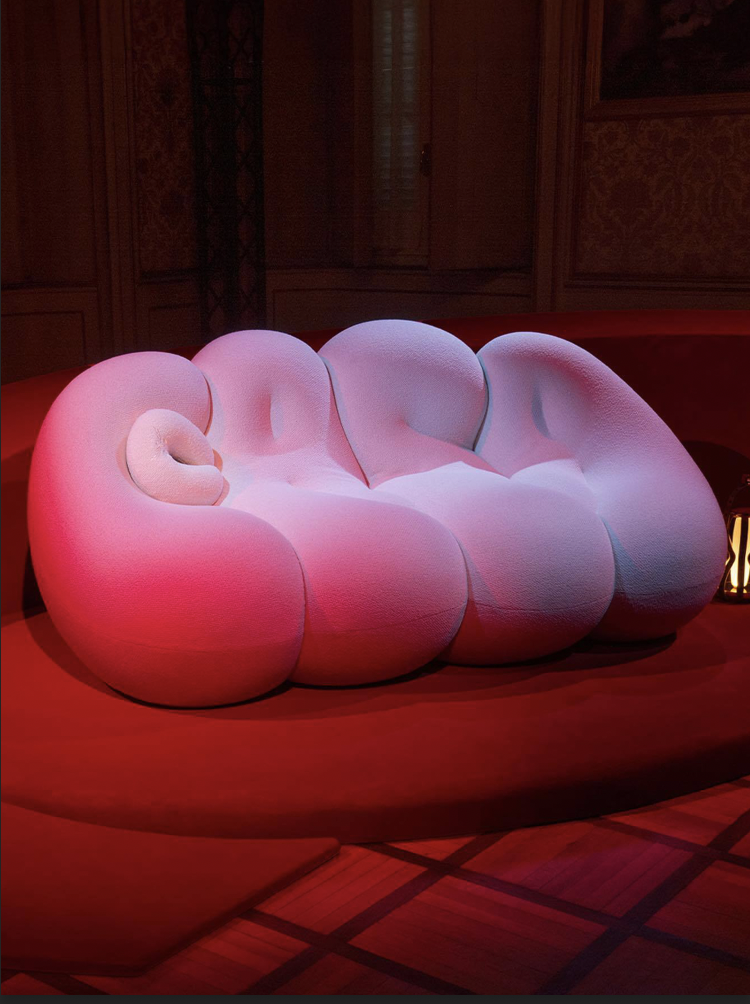A plaid renaissance: Tartan details a new era for menswear

Tartan has forever been the moment in fashion — from the people’s princess loving a plaid ensemble to the mini kilt in millions of colourways all throughout pop culture (Carrie Bradshaw from Sex and the City; Liv Tyler in Empire Records, etc). But as we reminisce on great tartan moments, we are now looking to the runways that are adopting check in their menswear, and what this could mean for the future of the interlocking stripe.
The print synonymous with Highland Scottish culture is usually worn as a kilt or shawl in a tradition to honour ancestry, but fashion has lifted it into the realms of creativity, using family patterns for a new purpose. The most renowned of the tartan-splayed names have to be designers John Galliano, Alexander McQueen, and, of course, Vivienne Westwood. Westwood’s print in MacAndreas was a staple for her namesake brand collections and was utilised as a symbol of rebellion. The history of tartan spans back to its first ban in 1746 to encourage pacification in Scotland, and its revival 40 years later due to the attention it garnered worldwide, cementing itself as a print for freedom. The political conversations surrounding tartan made it the perfect match for the late great designer Westwood, as she revived it in womenswear using up to 12 variations in one look. The print is now an emblem of freedom today and represents anti-establishment attitudes and individual freedom. The traditional print is a hallmark of British subcultures, namely punk, and can be seen as the identifier for the unsatisfied and the rebellious.
The punk element of tartan is where the print truly sits in all its glory: inspiration from Westwood’s own partner in the 70s and avid tartan-wearer, Malcolm McLaren, and his take on sticking it to the man. And as Paris Men’s Fashion Week showcased last week, that is exactly what the print is doing. Comme des Garçons Homme Plus runway saw the creative director and founder Rei Kawakubo leading the pack, with the tartan flag held high in hot pink, orange, blue and grey checkered tailored two-pieces. Parisian-based designer Hed Mayner went full Sherlock Holmes with an oversized double-breasted coat, boasting humungous shoulders and a beige monochrome stripe. Arturo Obegero was relaxed with a head-to-toe red, white and black look; whilst Takuya Morikawa bled a glossy red into check for his label Taakk. Givenchy was a standout in the tartan-sphere – a true layering connoisseur with tartans under staple workwear pieces and peaking through camo-printed company. Kenzo, however, did it best with their homage to Westwood, as they celebrated various tartan identities through silhouettes that referenced true British culture. The list goes on; there was no show that wasn’t feeling the Westwood effect.
Tartan is a symbol of rebellion in fashion, and as menswear is narrating, is the only print to wear for 2023. So why are we so taken with our plaid? Well, the rejection of the alpha male is upon us. The industry is providing an escape, bringing the spirit of rebellious youth into the mainstream, which in times of uncertainty, makes us feel a sense of belonging. The clan-clad history of tartan makes it a clear visual identifier for those who want change and seek a community amongst its wearers.
But change doesn’t come about fast, and with its male-wearing heritage, the print feels like the perfect transitionary print. Tartan is the backdrop for the current political climate, and by modifying menswear, is meeting at a point where the harsh lines of gender are blurred. The only question left is; how are you going to wear your plaid?

